CES 2015 - C Stands for Curved TVs
January 23, 2015 — by Per Christensson
CES might as well be called "TV Fest" because of the way televisions dominate the show each year. It seems that every year the TVs get bigger and thinner. All the major manufacturers display their latest proprietary technology that somehow makes their TVs better than all the competitors. It is a sight to behold.
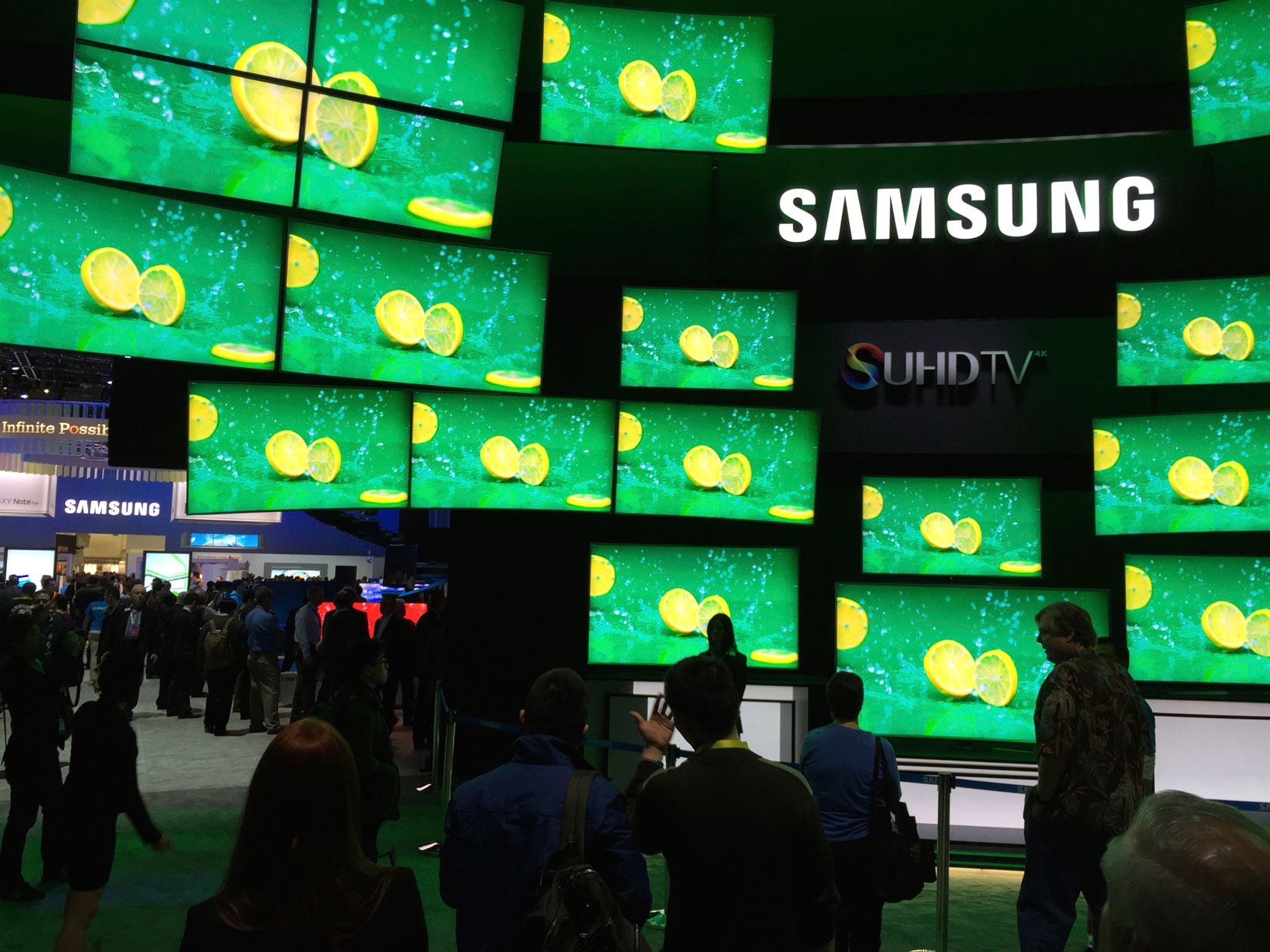
Two prominent themes stood out among the TVs introduced at CES 2015 - 4K and curved.
4K
HDTV is so 2012. When I visited CES in 2013, several companies were introducing their first production-ready 4K TVs. This January, I didn't see a single HD television except a few old ones for comparison purposes. Every new TV was 4K (with a resolution of at least 3840 x 2160). Make no mistake about it — 2015 is the year of 4K. You'll still be able to find cheap HDTVs for the next few years, but if you're buying a new large panel TV, 4K is the way to go.
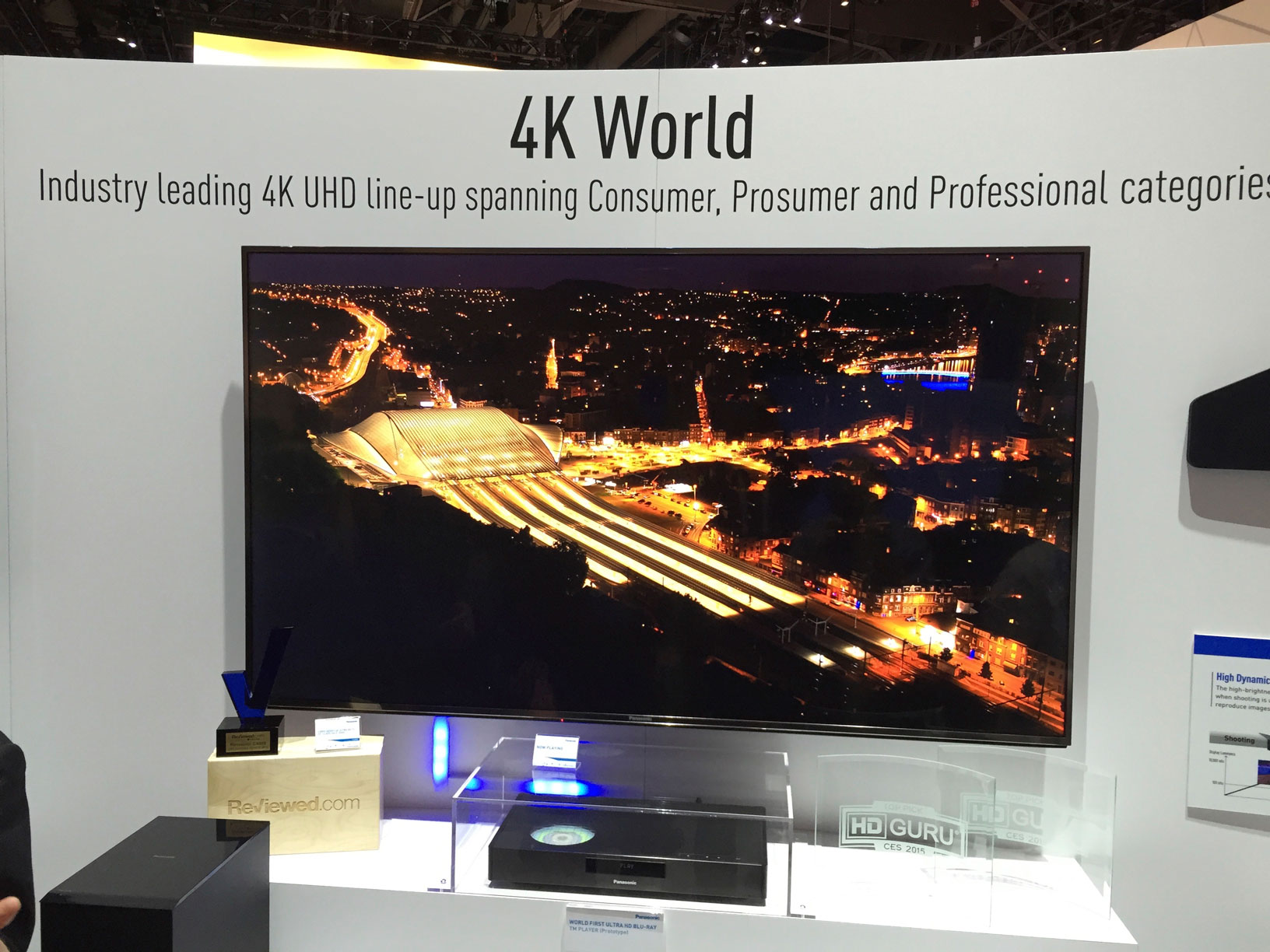
The biggest problem with 4K is that there is simply not a lot of 4K content available. Ultra high definition recording equipment has only been available for a few years and nearly all broadcasts are still in HD. Some are still (*gasp*) in SD. DIRECTV is now providing a few 4K channels, but Comcast, not surprisingly, is lagging behind. In fact, Comcast still charges an "HD technology" fee if you want an HD set top box. It's the equivalent to charging people for not using a dial-up modem.
While the 4K TVs I saw two years ago looked good, the new models look great. The clarity is stunning and the color balance and contrast ratio has improved significantly. More importantly, the prices are about one fourth what they were two years ago, meaning 4K is ready for the mass market. Now that 4K TVs are reasonably priced, they will find their way into more people's households, which hopefully will encourage the providers to start offering more 4K content.
Curved Displays
The biggest surprise at CES 2015 was how many TVs had curved displays. I would estimate about 75% of TVs had curved screens. A few years ago it seemed curved TVs might have the same staying power as 3D television, but now curved displays are clearly more than a passing trend.
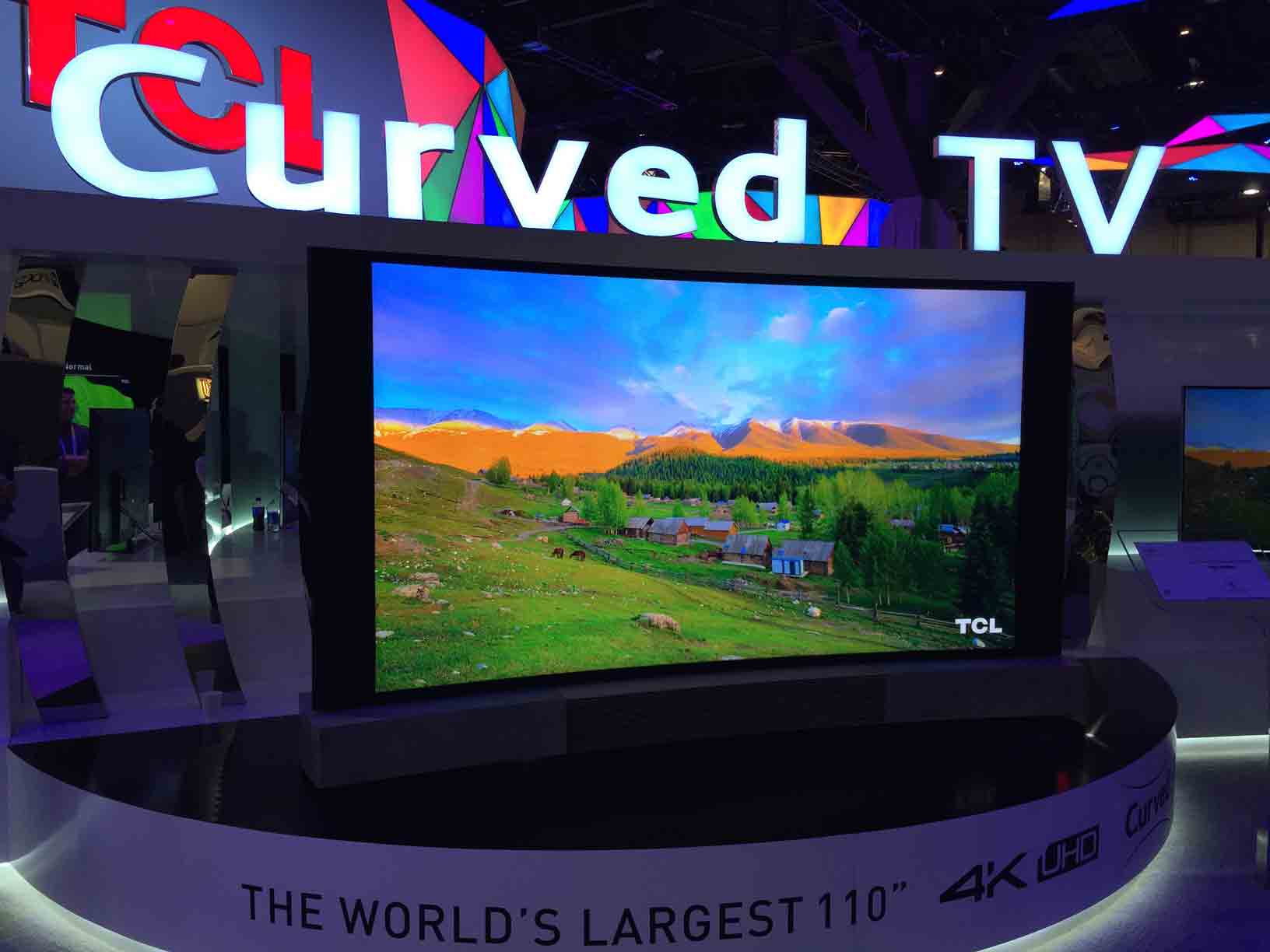
After viewing a few dozen curved TVs at CES, I was still not convinced they made sense. I feared companies like LG and Samsung were making curved displays simply because they could. It didn't help that a few representatives I talked could not accurately explain the benefits. A few people told me curved TVs offer a better viewing angle, which is actually false. As you move to the side, the viewing angle improves on one half of the TV, but not on the other. The curved bezel actually covers up part of the display if you move too far to the side.
Fortunately, a Samsung rep explained to me that a curved screen makes the viewing experience more immersive. While that word lit up my buzzword radar, I forced myself to make an objective comparison. As I watched video on a curved screen, sure enough, it seemed to come to life more than on a flat screen. This was especially true when I stood directly in front of the TV, rather than off to the side. I guess the logic is that the pixels hit your eyes from exactly the same distance, making it feel 3D without actually being 3D. It sounds crazy, but after viewing flat and curved screens side-by-side, I had to agree.
The Samsung demonstration below showed the difference pretty well. I just wish they would have used TVs of the same quality for a more accurate comparison.
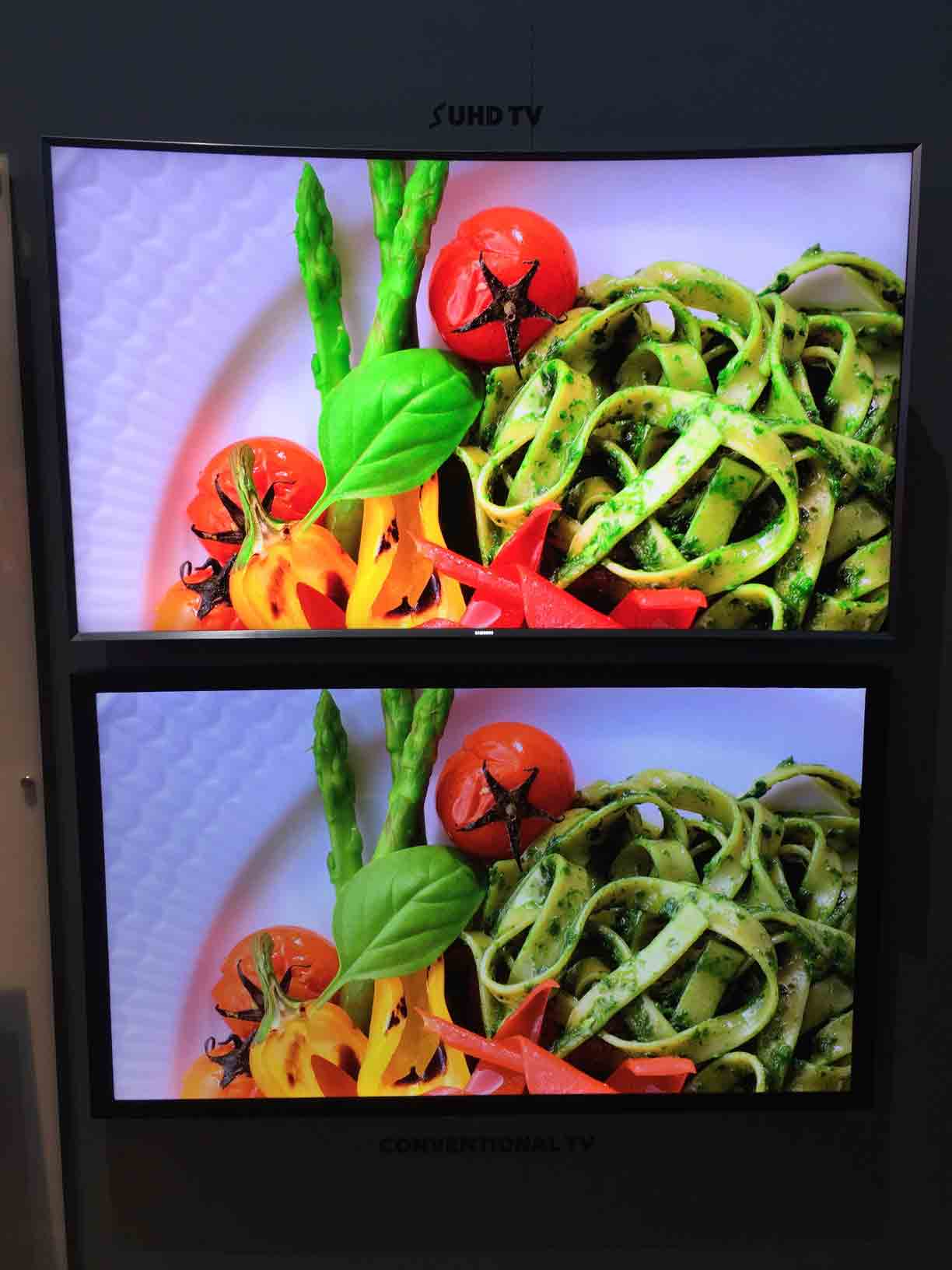
Every major company I visited at CES had curved TVs — except Sony. It seems Sony always has to make its own path. Sometimes this leads to great things (Walkman, Trinitron, and PlayStation). Other times Sony gets left behind (anyone still using Memory Stick?). Sony had some great flat TVs this year, including a super-thin 4K model that garnered a lot of interest. However, I'm guessing Sony will have jumped on the curved screen bandwagon by next year's CES.
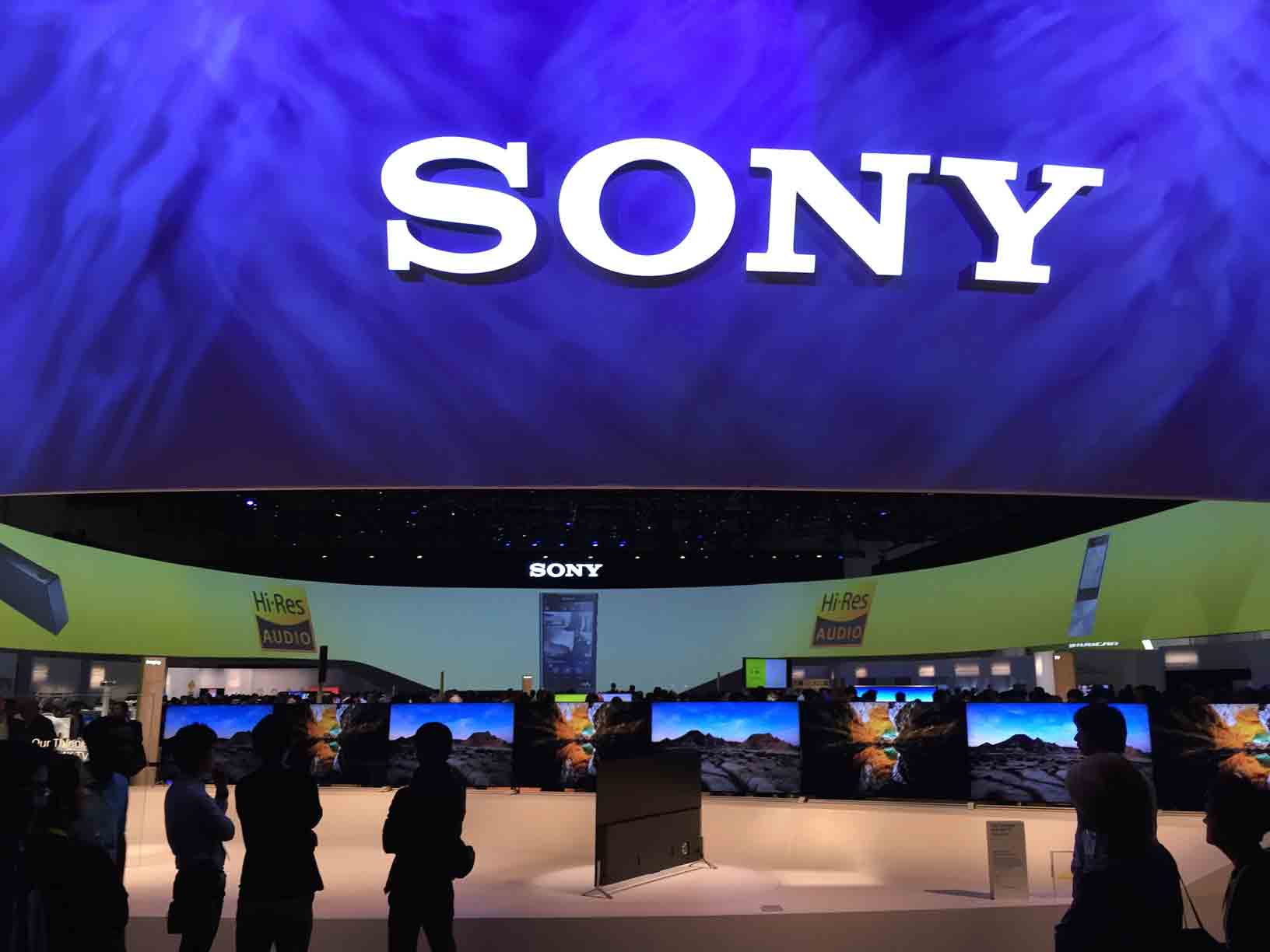
Summary
Not surprisingly, the TVs at CES 2015 were the best I've ever seen. But I was shocked at how far screen technology has come in the past two years. Sony, Panasonic, LG, and Samsung all had new models that blew away the TVs I saw two years ago. Thankfully, the major manufacturers have moved away from extraneous features like 3D glasses and have focused more on meaningful viewing aspects such as resolution and contrast.
In my opinion, the best looking TV at CES 2015 was an OLED prototype from Panasonic. It was simply the most incredible television I have ever seen. It was like watching real life. I can't wait to see this technology make it to the mass market.
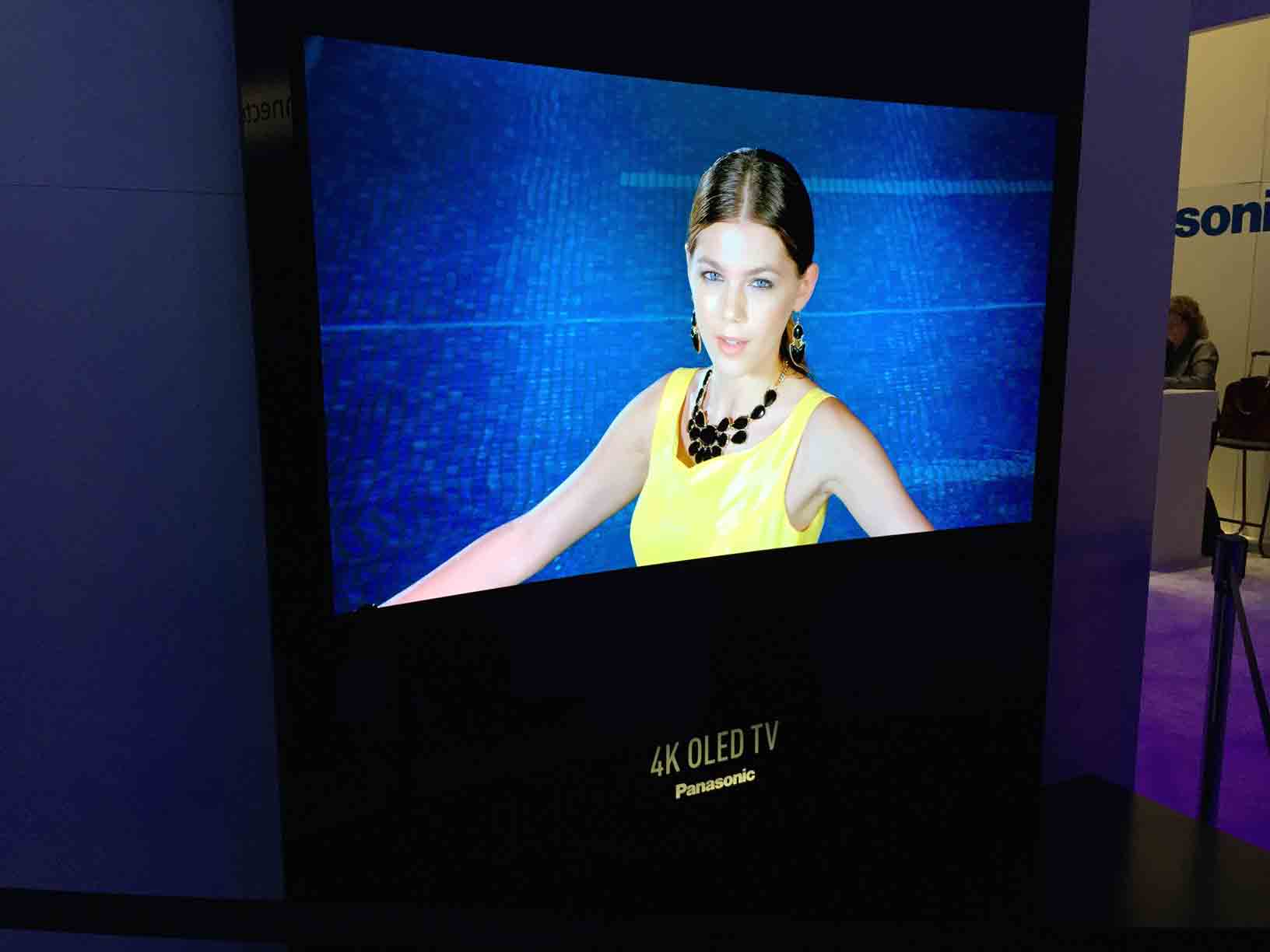
The best production TV was easily Samsung's SUHD curved TV. Surprisingly, it is not an OLED TV, but instead uses Samsung's proprietary LED backlight technology, which includes a grid of backlights that can be turned on or off. The result is extremely dark black levels and amazingly high contrast. Add a curved panel, and you have an incredible screen.
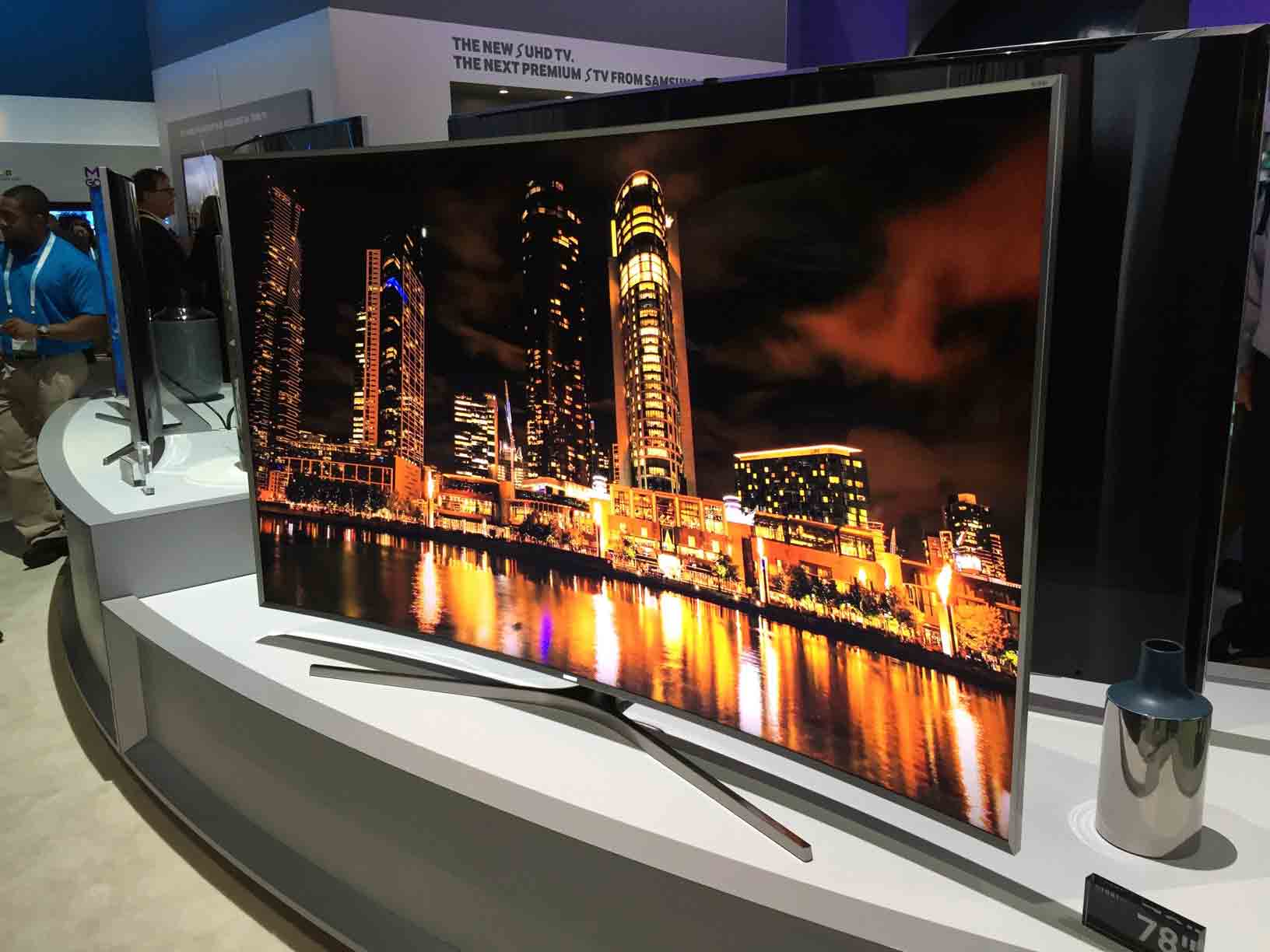
While many of the TVs at CES have not been released yet, several are already available online and at local retailers. Most will be in stores by the end of the summer.
 Home
Home January 15th
January 15th